Figures & data
Figure 1 Flow diagram of stress-hypnosis study on granulocyte activation markers in healthy students and anxious patients. Students: blood samples were collected and Spielberger's psychotests were completed (A) in the resting period: before the examination (exam) term; (B) in a stressed state: at the start of the exam term (before the first hypnosis); (D) in a relatively relaxed state: after the third hypnosis, during the exam term. Patients: psychotest completed before the study selected patients for a chronic mild anxiety group; blood samples were collected only (B) in the anxiety state (before the first hypnosis) and (D) in a relatively relaxed state, after the third hypnosis. On the first occasion a hypnotizability test was performed in both groups.
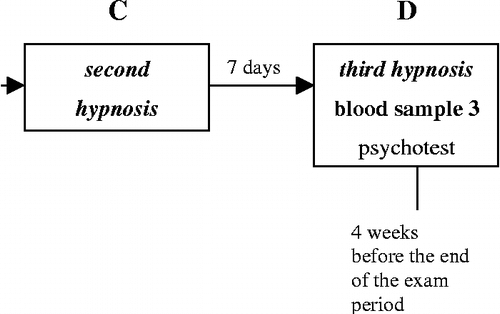
Figure 2 Effect of examination stress and relaxation (after hypnosis) on blood plasma cortisol concentration in healthy students. As the examination (Exam) period started, cortisol concentration in blood plasma increased significantly in students (*p < 0.05 vs. Rest, n = 10). Relaxation had no statistically significant effect. Normal reference range for blood plasma cortisol: 160–620 nmol/l. Data are group means ± SEM.
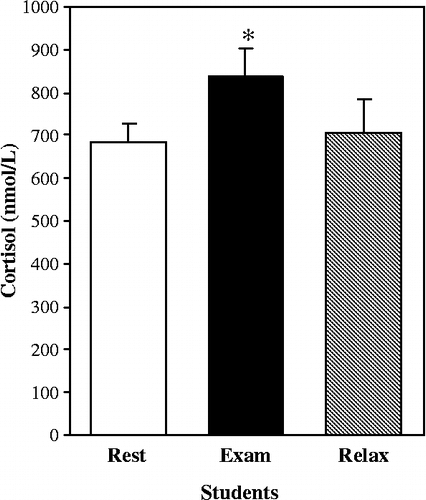
Table I. State and trait anxiety scores in students and patients (group means±SEM).
Figure 3 Effect of stress and relaxation on the appearance of lactoferrin on the cell surface of granulocytes in healthy students and in anxious patients. In students, the percentage of lactoferrin-bearing cells significantly increased from before the examination period (Rest; n = 8), to the start of the examinations (Exam; n = 9; *p < 0.05), and it declined after the final relaxation hypnosis (Relax; n = 9; †p = 0.001). Lactoferrin density decreased with the start of examinations (§p < 0.01). In patients, the percentage of lactoferrin-bearing cells decreased after relaxation hypnosis (Anxiety; n = 14 vs. Relax; n = 15; ‡p < 0.05). The patients' density values are significantly higher than those of the students p < 0.05). Data are group means ± SEM.
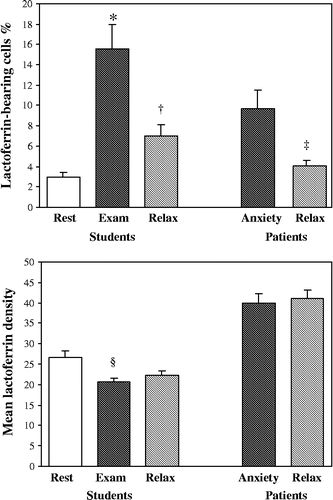
Figure 4 Effect of stress and relaxation on l-selectin presence on the cell surface of granulocytes in healthy students and in anxious patients. In students, the percentage of l-selectin-carrier cells increased from Rest (n = 7) upon the start of the examinations (Exam; n = 11; *p < 0.001), and decreased slightly after the third hypnosis (Relax; n = 10; †p < 0.01). Data are group means ± SEM.
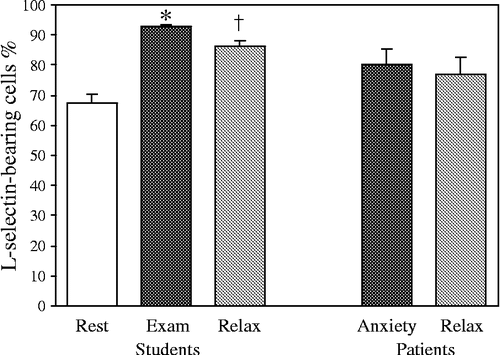
Figure 5 Effect of stress and relaxation on aMb2 integrin presence on the cell surface of granulocytes in healthy students and in anxious patients. In students, the percentage of integrin-bearing cells increased from Rest (n = 9) upon the start of the examinations (Exam; n = 7; *p < 0.001), and decreased moderately after the last hypnosis (Relax; n = 10; †p < 0.05). The tendency for integrin density to increase at the start of the examination period was not statistically significant in students. Data are group means ± SEM.
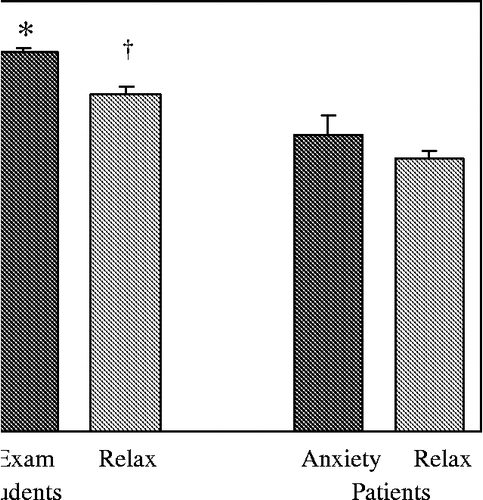
Figure 6 Effect of stress and relaxation on CD15s presence on the cell surface of granulocytes in healthy students and in anxious patients. In students, the percentage of CD15s-bearing cells significantly increased from Rest (n = 8) upon the start of the examinations (Exam; n = 9; *p < 0.001), and decreased slightly after the third hypnosis (Relax; n = 10; †p < 0.05). In patients, both the percentage of marker-carrier cells and the mean marker density were reduced after hypnosis (Anxiety; n = 14 vs. Relax; n = 14; ‡p < 0.001). The percentage of marker-carrier cells was greater in students during examinations and after hypnosis than in patients in both conditions (p < 0.05). Data are group means ± SEM.
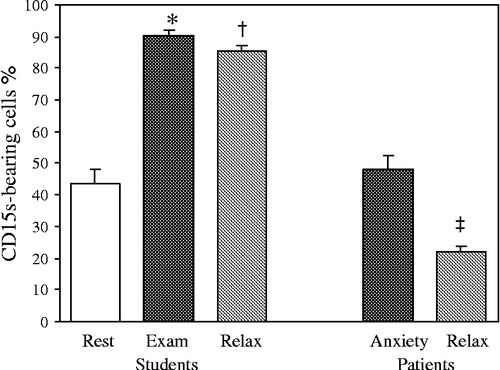
Table II. Total leukocyte count and neutrophil granulocyte percentage in students and patients (group means±SEM).